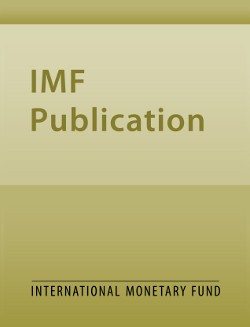
The Aggregate-Demand Doom Loop: Precautionary Motives and the Welfare Costs of Sovereign Risk
The Aggregate-Demand Doom Loop: Precautionary Motives and the Welfare Costs of Sovereign Risk
READ MORE...
Volume/Issue:
Volume 2020
Issue 293
Publication date:
ISBN:
Add to Cart by clicking price of the language and format you'd like to purchase
Available Languages and Formats
Topics covered in this book
This title contains information about the following subjects.
Click on a subject if you would like to see other titles with the same subjects.
Labor , Economics- Macroeconomics , Public Finance , Sovereign risk , default , heterogeneous agents , precautionary motives , aggregate demand , WP , default probability , government debt , debt price , default incentive , open economy
Summary
Sovereign debt crises coincide with deep recessions. I propose a model of sovereign debt that rationalizes large contractions in economic activity via an aggregate-demand amplification mechanism. The mechanism also sheds new light on the response of consumption to sovereign risk, which I document in the context of the Eurozone crisis. By explicitly separating the decisions of households and the government, I examine the interaction between sovereign risk and precautionary savings. When a default is likely, households anticipate its negative consequences and cut consumption for self-insurance reasons. Such shortages in aggregate spending worsen economic conditions through nominal wage rigidities and boost default incentives, restarting the vicious cycle. I calibrate the model to Spain in the 2000s and find that about half of the output contraction is caused by default risk. More generally, sovereign risk exacerbates volatility in consumption over time and across agents, creating large and unequal welfare costs even if default does not materialize.
Copyright © 2010 - 2025
Powered by:
AIDC



